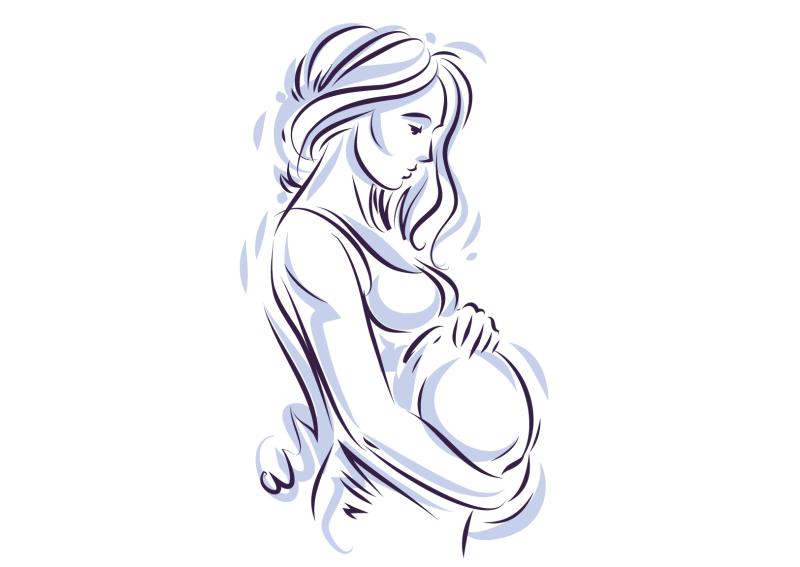
Gestational exposure to perfluoroalkyl substances (PFAS) negatively correlates with birth size and increased thyroid hormone (TH) concentrations, but such association does not explain why some children exposed to PFAS have lower weight, suggests a study.
Several PFAS showed a negative association with birth weight, length and head circumference, while maternal serum–PFASs demonstrated a generally positive relation with cord serum–thyroid-stimulating hormone (TSH; also known as thyrotropin).
Particularly, a doubling in perfluorooctane sulfonate and perfluorooctanoic acid correlated with 53-percent (95 percent confidence interval [CI], 18–99 percent) and 40-percent (95 percent CI, 8–81 percent) increases in TSH concentrations, respectively.
Evidence of sexually dimorphic associations was scant. Furthermore, THs did not show to facilitate the relationship between PFASs and birth size overall.
In this study, the investigators analysed a population-based prospective cohort of 172 mother-singleton pairs from the Faroe Islands. They also measured 12 PFASs in maternal serum obtained at 34 weeks of gestation, as well as THs in maternal and cord serum.
Multivariable linear regressions were used to estimate the associations between PFAS concentrations and birth size and TH concentrations. Sex-stratified analyses and a mediation analysis were carried out to assess potential mediating effects of THs in the link between PFAS and birth outcomes.
“Adequate thyroid function during pregnancy is essential for optimal foetal growth,” the investigators said. “Gestational exposure to PFAS can negatively affect birth size and disrupt maternal and neonatal thyroid function, although the interrelationship is unclear.”